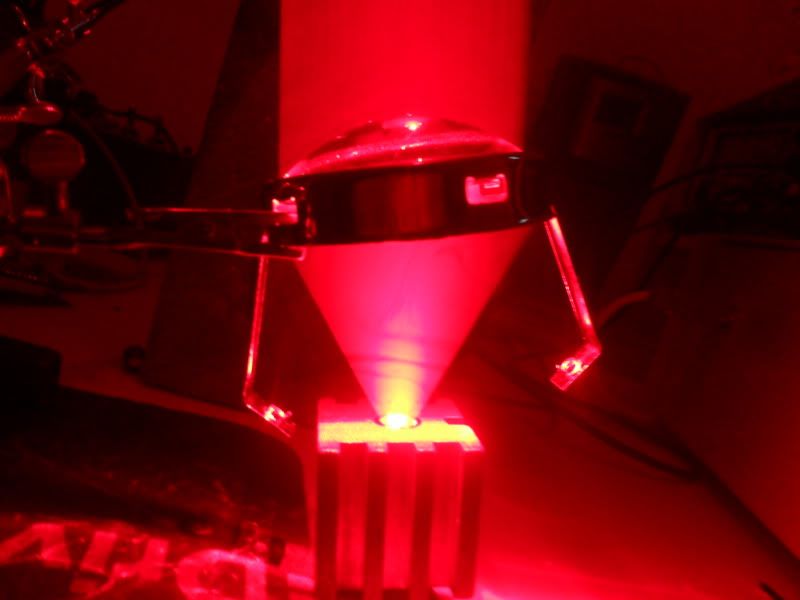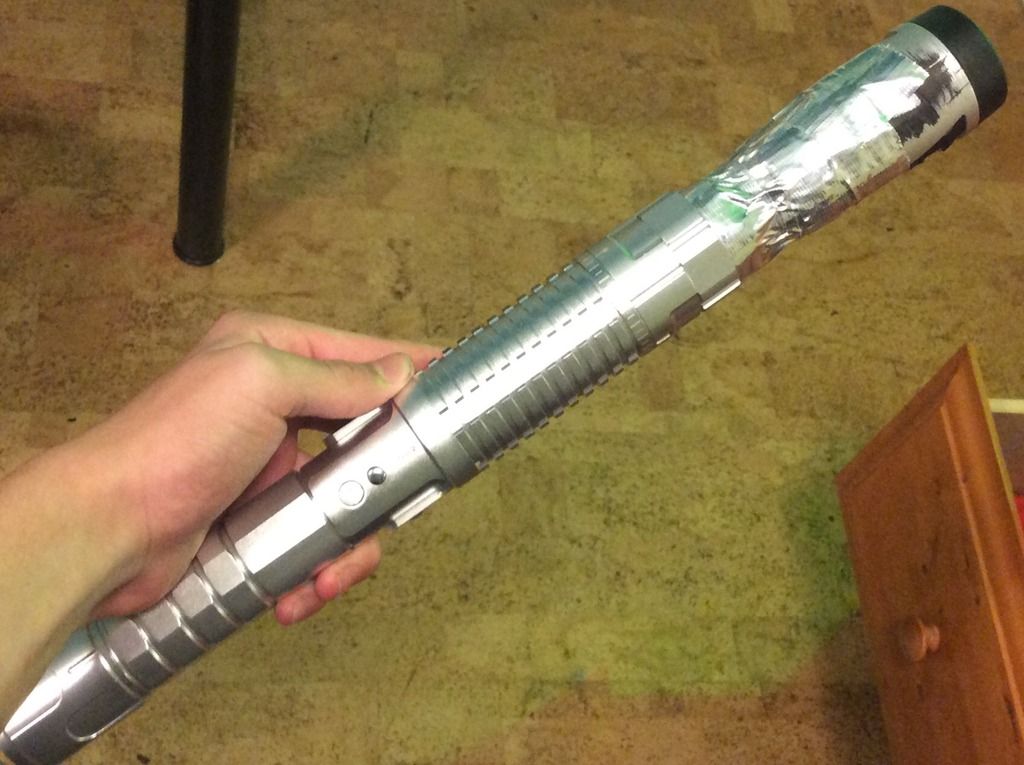- Joined
- Sep 29, 2015
- Messages
- 8
- Points
- 0
I have been trying to wrap my head around beam expanders to design my own. I think I understand a majority of how I want it to work but have a couple questions.
I plan to have the laser come out of the diode and pass through a PCX or G2 lens to be collimated.
After that I would pass it through 2 more off the shelf lenses that make a keplerian beam expander.
Heres where my question comes in, everything I read indicates I should expect a collimated final output, which I understand means that if I have a 1" beam leaving the expander, I would have ~1" spot + minimal divergence an arbitrary distance away.
I want to focus to a fine or as fine as possible a point at an arbitrary distance and have this focusing distance adjustable from minimum to infinity.
Which distances would I want to make adjustable in my design? Diode to G2? G2 to Start of expander? Internal distance of beam expander?
Also is the diagram I drew correct in concept?
I plan to have the laser come out of the diode and pass through a PCX or G2 lens to be collimated.
After that I would pass it through 2 more off the shelf lenses that make a keplerian beam expander.
Heres where my question comes in, everything I read indicates I should expect a collimated final output, which I understand means that if I have a 1" beam leaving the expander, I would have ~1" spot + minimal divergence an arbitrary distance away.
I want to focus to a fine or as fine as possible a point at an arbitrary distance and have this focusing distance adjustable from minimum to infinity.
Which distances would I want to make adjustable in my design? Diode to G2? G2 to Start of expander? Internal distance of beam expander?
Also is the diagram I drew correct in concept?






